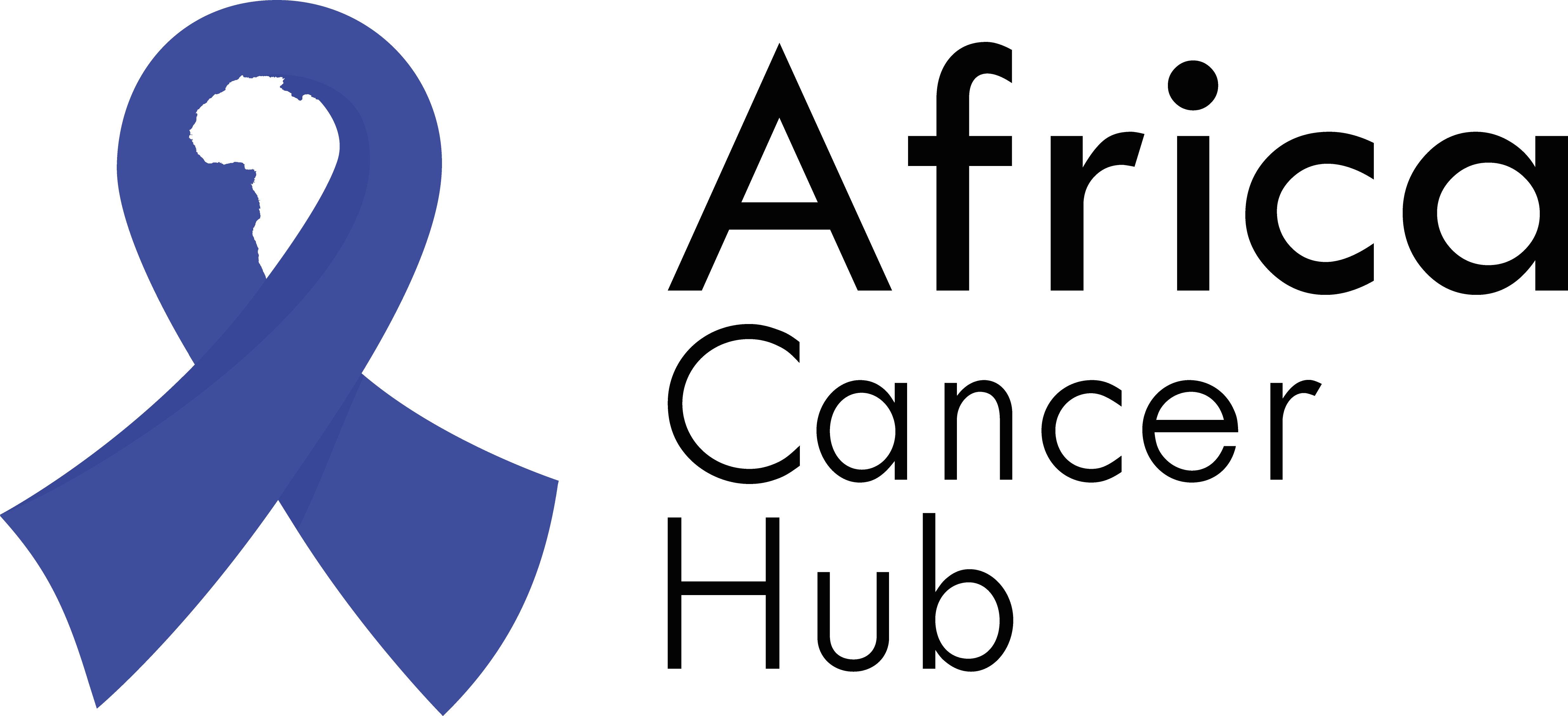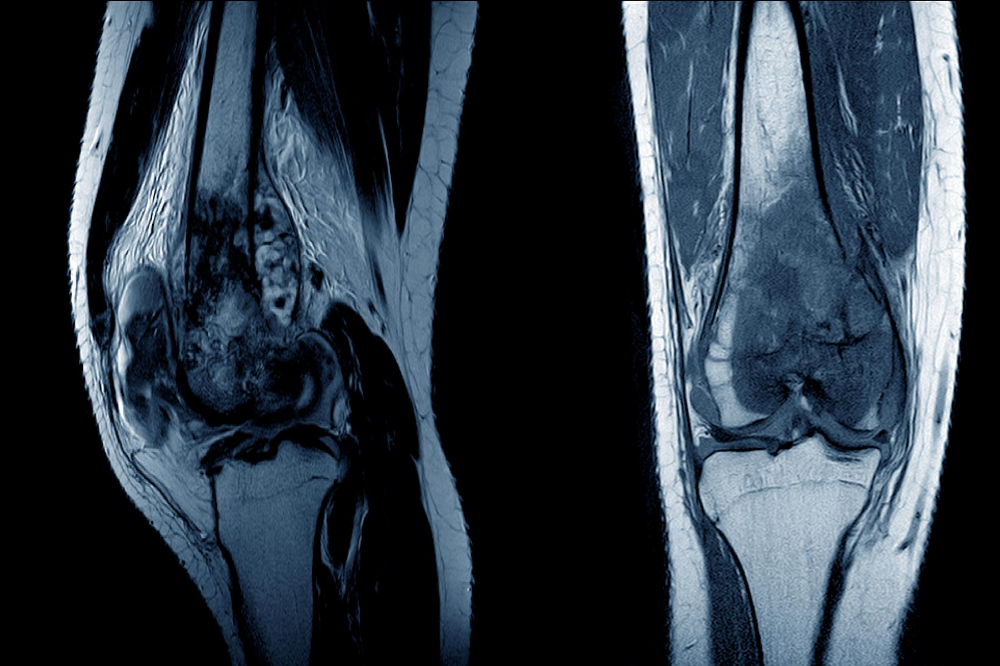Osteosarcoma is a type of rare sarcoma that start in the cells that form in the bones. one of the most common. It. It is most often found in the long bones like the legs and arms but can start in any bone in the body. It happens more in teenagers and young adults, but can occur in younger children and older adults.
From a 10 year analysis in a research carried out on Osteosarcoma, the average age of the patient was 19.7 years. Over ten years, patients range from the age of nine years to seventy-five years. The majority of the cases were around the knee. Moreover, the male to female ratio was 2.7:1. The survival rate of osteosarcoma over five years was 7.5%. Only 25.8% of the patients survive for one year.
Types of Osteosarcoma
Osteosarcoma can be classified into:
High grade osteosarcoma
This type usually happens in teens and children and is the fastest-growing type of osteosarcoma. Intramedullary osteosarcoma is the most common type of osteosarcoma. Almost 80% of patients suffer from this type of osteosarcoma. Subtypes of this include
- Osteoblastic
- Chondroblastic
- Fibroblastic
Low-grade Osteosarcoma
This type of cancer grows slowly and look quite similar to normal cells different subtypes are Parosteal or Intramedullary
Causes of Osteosarcoma
The primary cause of osteosarcoma remains unclear. However, certain genetic abnormalities can be probable causes of primary osteosarcoma
Age
Kids who are having a growth spurt are at risk of getting osteosarcoma.
Previous cancer treatment
Having previous chemotherapy or radiation treatments can slightly increase the risk of getting osteosarcoma in future.
Gender
Osteosarcoma tends to happen more in males than females.
Certain health conditions
Like Bloom syndrome, Paget’s disease, Werner syndrome, hereditary retinoblastoma, Li-Fraumeni syndrome, and Rothmund-Thomson syndrome can increase the risk of getting bone cancer.

